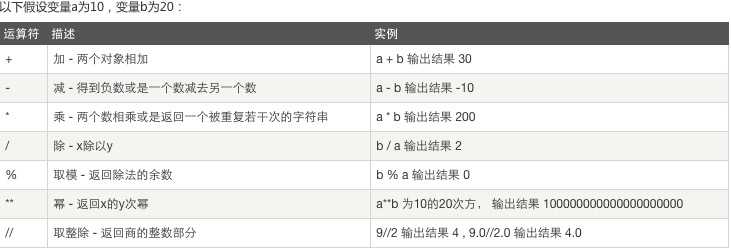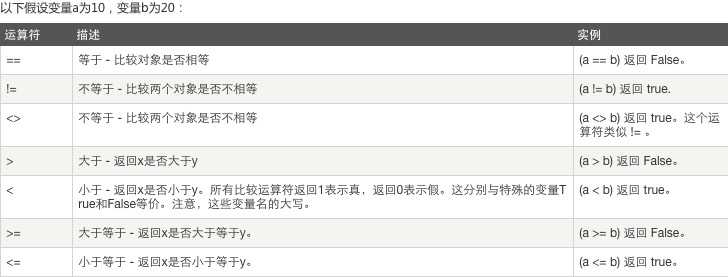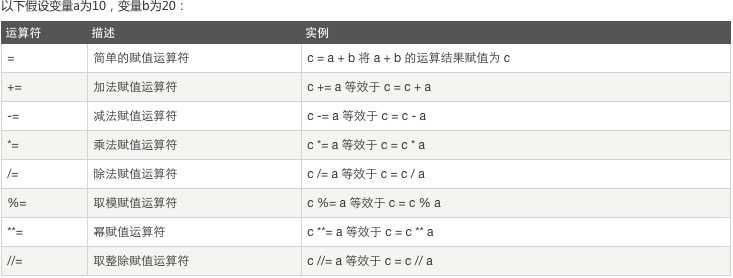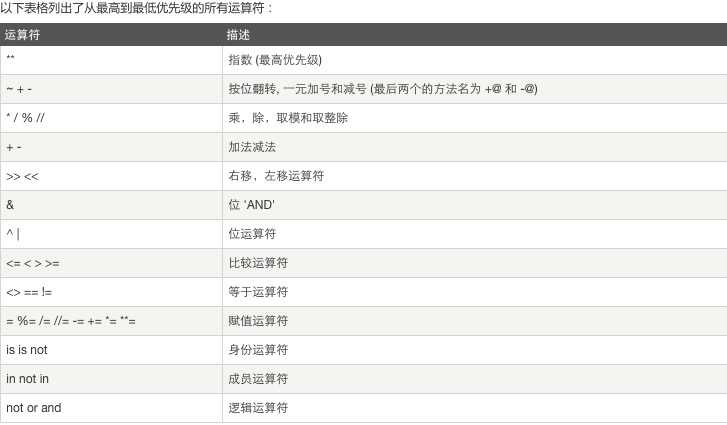age = 20
if age >= 18:
print(‘your age is ‘,age)
print(‘if 判断语句是true‘)
结果:
your age is 20
if 判断语句是true
age = 20
if age >= 18 and age < 19:
print(‘your age is ‘,age)
print(‘if 判断语句是true‘)
else:
print(‘your age is ‘,age)
print(‘if 判断语句是False‘)
输出结果:
your age is 20
if 判断语句是False
age = 20
if age >= 18:
print(‘your age is ‘,age)
print(‘if 判断语句是true‘)
else:
print(‘your age is ‘,age)
print(‘if 判断语句是False‘)
输出结果:
your age is 20
if 判断语句是true
elif是else if的缩写,完全可以有多个elif,所以if语句的完整形式就是:
if <条件判断1>:
<执行1>
elif <条件判断2>:
<执行2>
elif <条件判断3>:
<执行3>
else:
<执行4>
eg:
age = 20
if age >= 18 and age < 19:
print(‘your age is ‘,age)
print(‘if 判断语句是true‘)
elif age < 20:
print(‘your age is ‘,age)
print(‘if 判断语句是False,elif判断语句是True‘)
else:
print(‘your age is ‘,age)
print(‘if 判断语句是False,elif判断语句是False‘)
输出结果:
your age is 20
if 判断语句是False,elif判断语句是False
if语句执行有个特点,它是从上往下判断,如果在某个判断上是True,把该判断对应的语句执行后,就忽略掉剩下的elif和else,所以,请测试并解释为什么下面的程序打印的是teen:age = 20
if age >= 6:
print(‘teen‘)
elif age >= 18:
print(‘adult‘)
else:
print(‘kid‘)
结果:
teen
一下几种的布尔值都为False:
None、False(布尔型)、所有的值为0的数、0(整型)、0.0+0.0j(复数)、""(空字符串)、[](空列表)、{}(空元组)、()(空字典)
补充:for循环里面也可以用break,continue
验证用户三次登录,








原文:http://www.cnblogs.com/ylqh/p/6376264.html